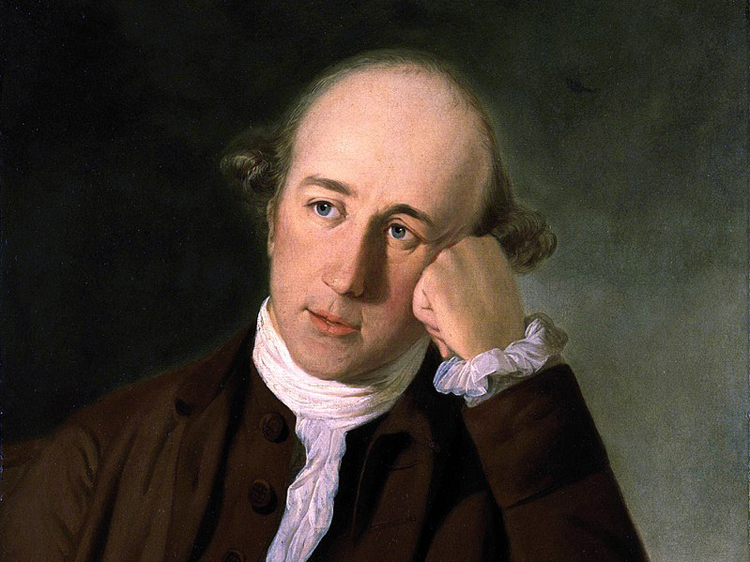Hastings House, the country home of Warren Hastings, the first governor-general of Bengal, is a stately mansion. The heritage property has many stories to tell, some of ghosts that still haunt it. Since the late 19th century there have been accounts of a carriage entering the imposing grounds and a man emerging to hurriedly enter the building. The man in question is supposed to be Hastings himself, in search of papers he left behind when he was recalled to England on charges of corruption. Hastings House had sprawling lawns and beautiful old trees and had been restored by Lord Curzon for visiting dignitaries.
Today, the lawn has been severely encroached upon by numerous buildings and, last year, its frontage was entirely concealed by Soujanya, the state banquet hall constructed — ironically enough — to house state visitors. The faux grand structure is promoted as a state- of-the-art facility meeting “international standards”. But the choice of design and materials pays no heed to sustainability, explains Nilina Deb Lal, a conservation architect and heritage advocate. Modern construction is resource and energy intensive, and has a huge carbon footprint, especially when the building materials are concrete, steel, aluminum and glass.
Soujanya, built with no deference to the intrinsic value of our unique heritage, dwarfs Hastings House. It cost taxpayers a whopping Rs 130 crore, even though the projected cost had been Rs 26 crore. Yet there were no queries about the five-fold increase in cost to the public exchequer. Underlining the low priority given to heritage properties, Deb Lal notes, “While lavish amounts were spent on Soujanya, no money was allocated towards improving the interior of Hastings House which is in a dilapidated state... It has been robbed of much needed green space and old trees.”
Unfortunately, Soujanya is just one of several new government buildings that do not consider a sustainable approach. These elaborate constructions that take up ever-shrinking green public spaces should ring alarm bells. Calcutta often ranks among the top 10 most-polluted cities in the world. As such, further reduction of green public spaces and cutting down of old trees is perilous. Open spaces with trees are not “idle land”. Construction activity is a major cause of pollution. Rather than build anew, the best practice is to refurbish, renovate and restore extant building stock.
Governments only take responsible action when there is pressure from the voters. Hearteningly, the attention being paid to the city’s unique material and cultural heritage is growing. This is evident from the increasing popularity of heritage tours operated by private entrepreneurs. Some dedicated heritage advocates are also working to preserve and turn heritage structures into viable commercial enterprises. But there is limited public awareness about the importance of preserving our historical legacy that includes man-made and open spaces and green cover. This is why old-growth trees can be wantonly axed to clear the way for construction.
My visit to Hastings House threw up a glaring example of the lack of public awareness about of heritage and the direct relation among heritage loss, pollution and habitability. On a day when the air quality index was hazardous, green debris was being burned on the campus of the Institute of Education for Women that is housed there. Billowing fumes exacerbated the foul air as environmental regulations were flouted on a government property with heritage status. Yet students living on the campus were nonchalant about the pollution and clueless about laws against the burning of waste. These women are the educators of the next generation.
Citizens must ensure that heritage properties in the public trust — both structures and the lands around them — are preserved. As climate change threatens us, it is the green areas around heritage buildings with old trees on them, and the ever-shrinking open green spaces that may save us. But until we demand change, our built and green heritage will be squandered. By saving our heritage we may, perhaps, save ourselves.













